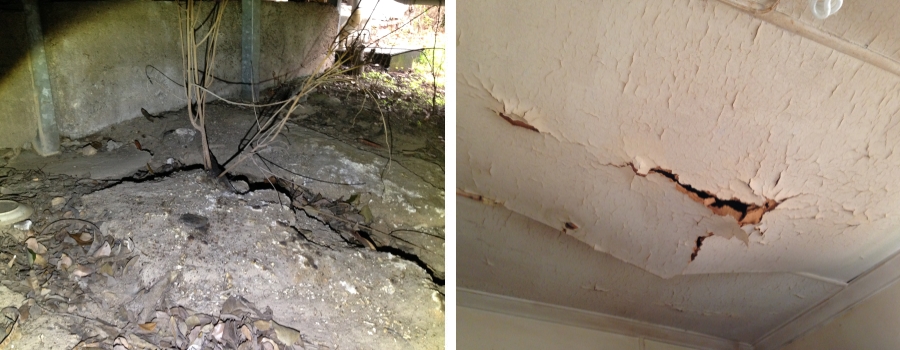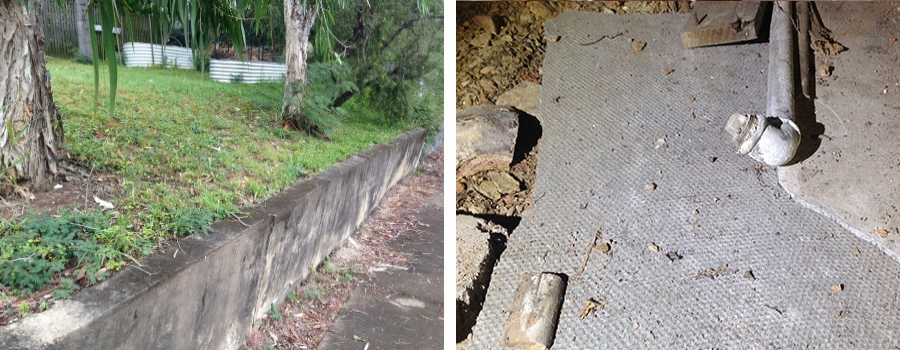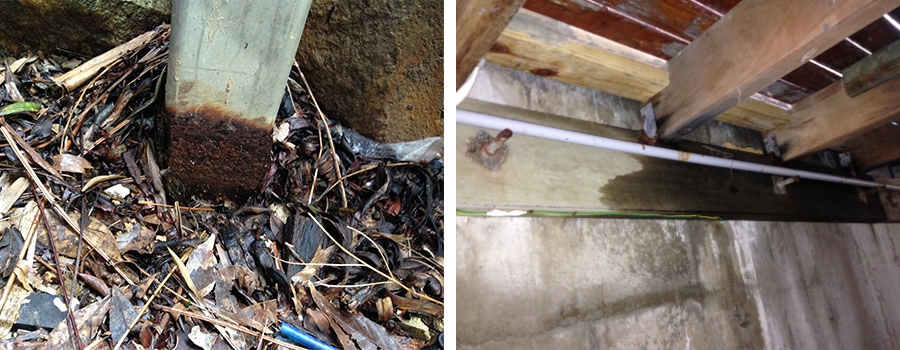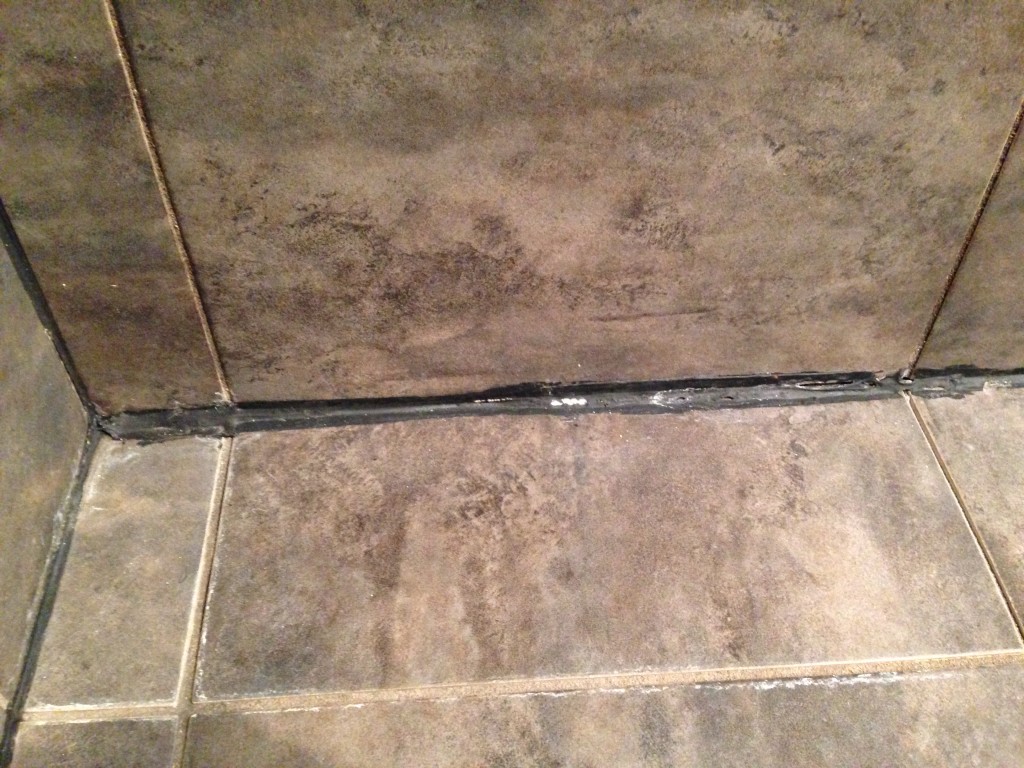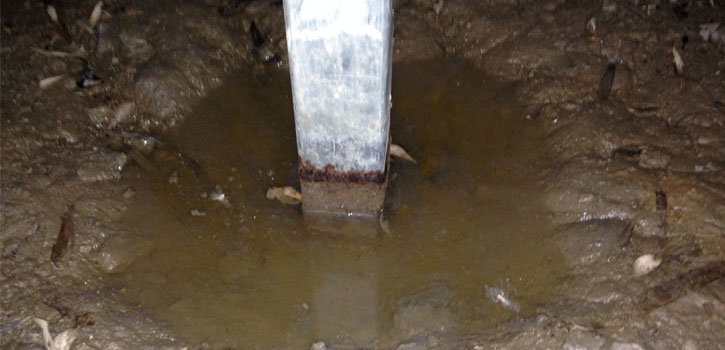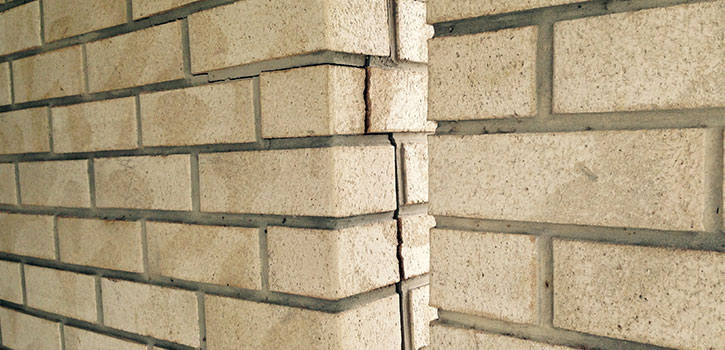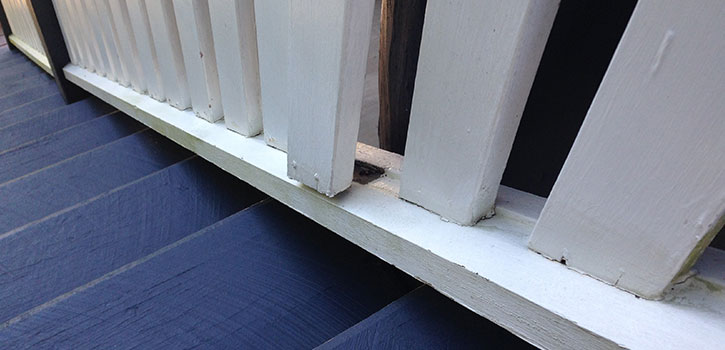Weather Exposed Materials
All building materials will naturally deteriorate with age however this rate of deterioration is greatly increased where they are in uncovered, exterior areas are in direct exposure to the weather elements. Examples of this would be where a deck has been constructed without roof cover, fence and landscaping timbers and so on. It is of critical importance where safety factors are in play, that is for structures that are of an elevated nature-particularly decks and all components of (handrails, balustrades, stringers, floorboards, bearers and joists) that all materials preferably be covered with roof cover to ensure the best levels of protection for these materials. That is not always possible, or in the practical, and for this reason it is vital that all exposed and non-exposed timbers in exterior areas be regularly checked for any signs of deterioration and replaced immediately where deemed necessary.
It is strongly recommended an inspection be done every year for all materials within structures that are built in an elevated manner and therefore have the possibility of a serious accident occurring. In order to prolong the service life of any material when first put in place it is extremely important to make sure that all protective coatings are applied to the material in strict adherence to the manufacturer’s recommendations. All metals except aluminium must be maintained with good anti corrosive coatings such as a zinc rich paint or a bitumen based water proofer to minimise corrosion. This is especially so for steel house columns, bracing, steel members and welded joints because these materials provide structural capacity for any property.
Experience has shown that CCA treated hardwood sleepers, commonly used as retaining walls and CCA treated hardwood fencing, will decay over time and usually after being in service for over 10 years, deterioration will become evident. With hardwood fence posts, decay can occur after 5 years of ground contact. In most cases, with retaining walls, and fence posts, this decay is initially concealed by the ground. The preservative treatment used on these timbers, cannot absorb into the high density wood and simply sits on the surface where it breaks down with constant ground exposure and weathering. Termites are likely to be attracted to these timbers. Our experience shows that CCA treated pine timbers, treated to level H4 (important) e.g. “Kopper” logs and sleepers, are the most resistant against both moisture and termites and should last, according to the manufacturers, at least 25 years. Pine, being a softwood and capable of absorbing the treatment chemical throughout, is supplied with 2 grades of treatment for residential external use; H3 for above ground use only and H4 for ground contact and above ground use. The best material however for retaining walls is masonry or stone, as it has a far better service life and an ability to withstand the effects of the elements compared to timber.
It is also important to be aware that any structure which is built close to the ground or indeed within 400mm of the ground will be far more likely to deteriorate at a quicker rate because the ventilation conditions are not adequate to allow the timber to breathe and reduce the levels of conditions that are conducive to rapid timber deterioration. Timbers should also be well ventilated with a minimum of around 400 mm between the base of the timber used and the foundation material.
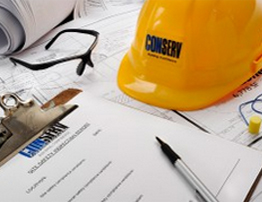
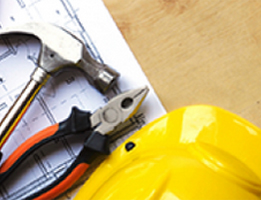

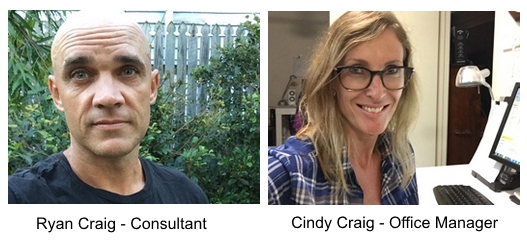
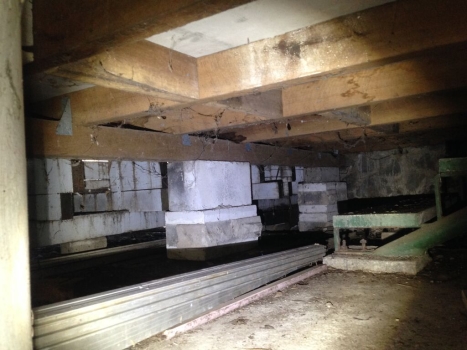
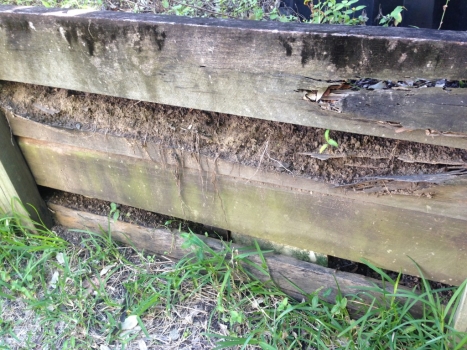
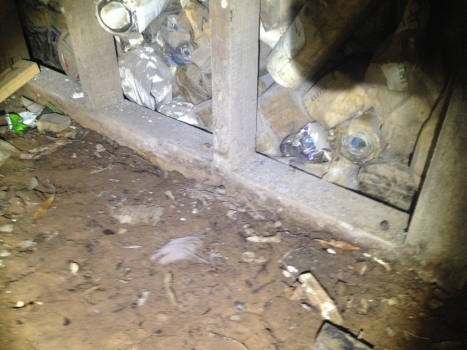
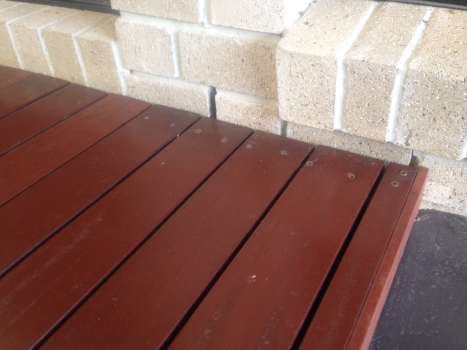
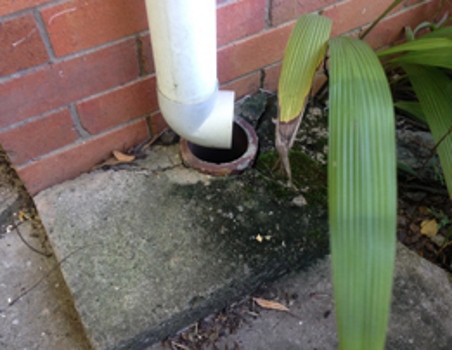 All too often during our inspections we identify areas which are conducive to the collection of retained ground moisture near a structure. Elevated moisture levels are known to provide conditions favourable to Timber Pest activity, particularly termites, and it is vital that every effort be made to avoid these risks. The most common causes of retained ground moisture are inadequate surface water drainage, downpipes not connected to drainage outlets, no gutters in place for roofing areas, outlet pipes for air conditioners, relief and overflow valves for hot water cylinders, corroding and join leakages of gutters and downpipes, defective or incomplete flashing and plumbing for rainwater tanks leaking. These are all issues which can be, and should be rectified, if they are in existence at a property.
All too often during our inspections we identify areas which are conducive to the collection of retained ground moisture near a structure. Elevated moisture levels are known to provide conditions favourable to Timber Pest activity, particularly termites, and it is vital that every effort be made to avoid these risks. The most common causes of retained ground moisture are inadequate surface water drainage, downpipes not connected to drainage outlets, no gutters in place for roofing areas, outlet pipes for air conditioners, relief and overflow valves for hot water cylinders, corroding and join leakages of gutters and downpipes, defective or incomplete flashing and plumbing for rainwater tanks leaking. These are all issues which can be, and should be rectified, if they are in existence at a property.
